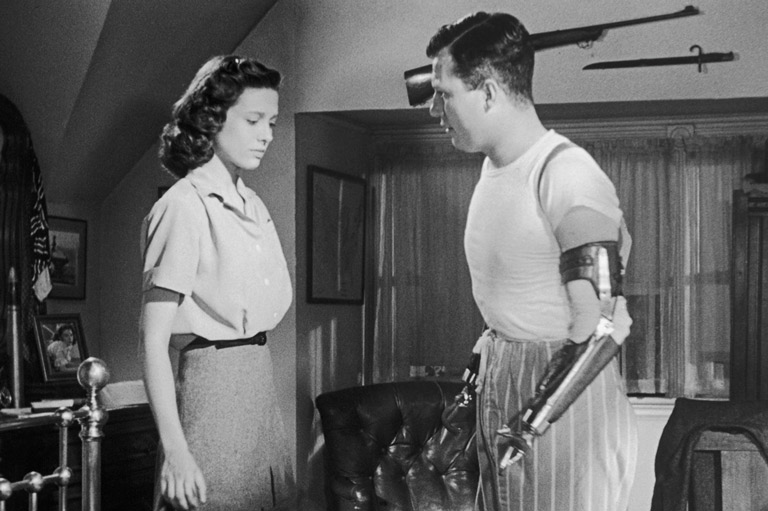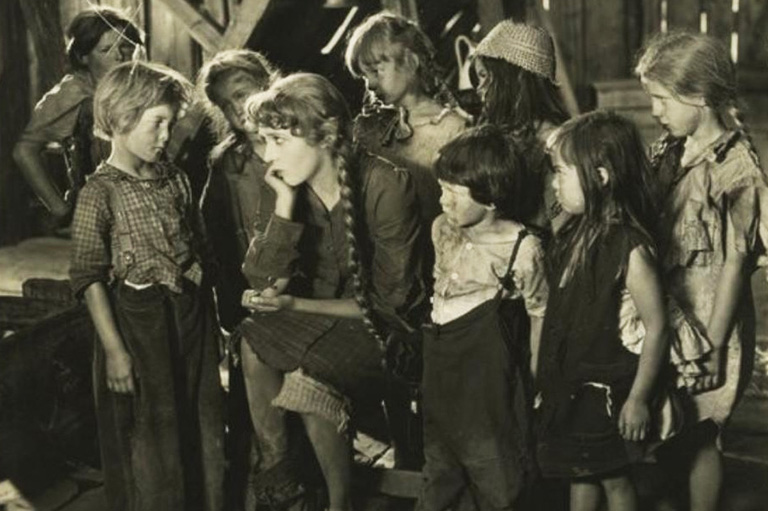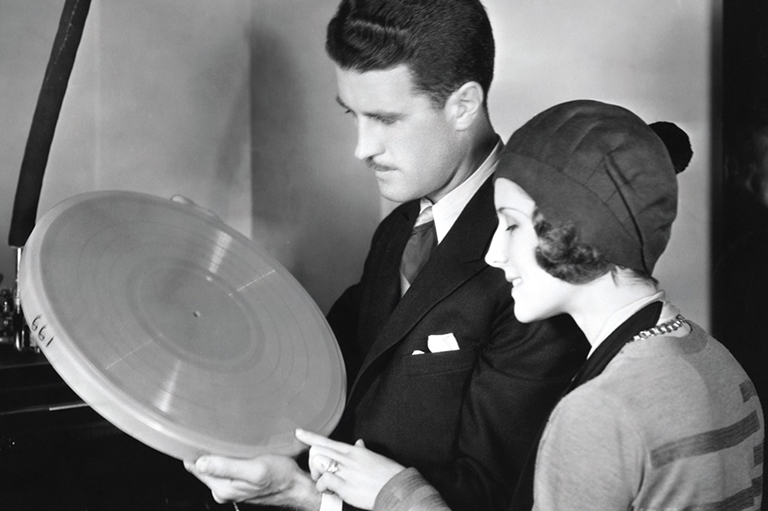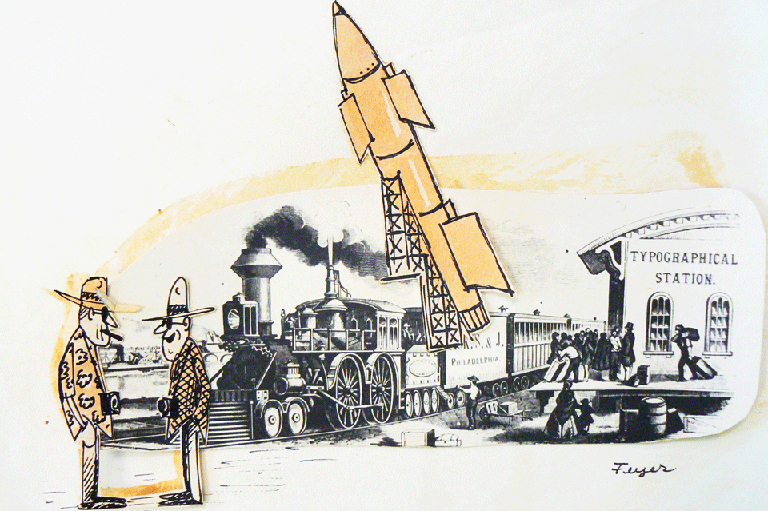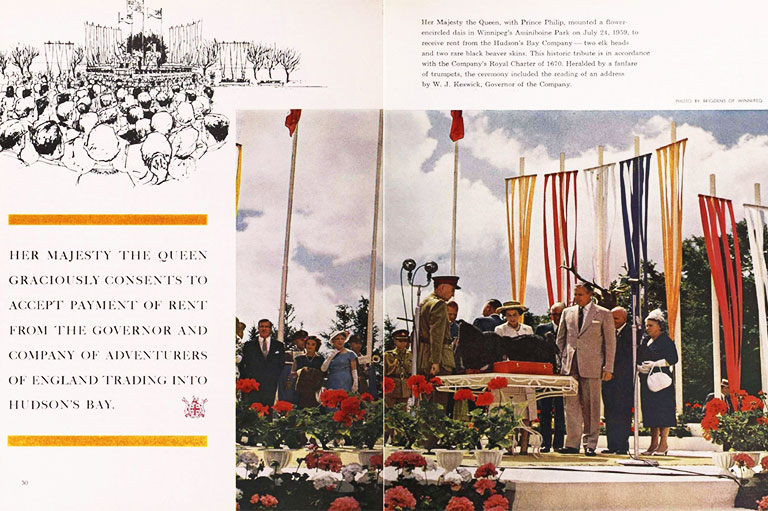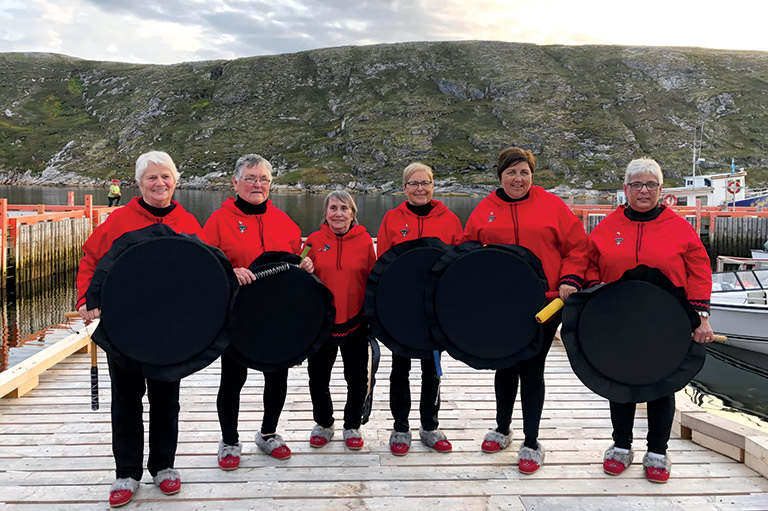Discover a wealth of interesting, entertaining and informative stories in each issue, delivered to you six times per year.
Anna, the King, and I
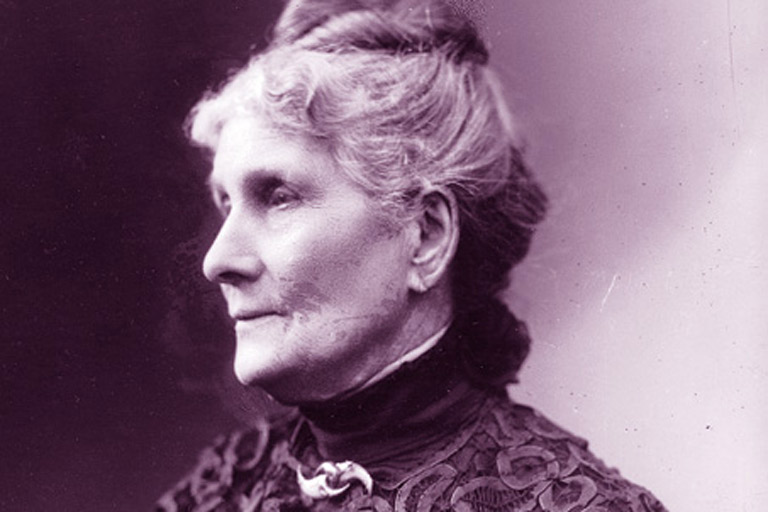
On a crisp morning in September 1971, I found myself rushing through Halifax. I was late for registration day at the Nova Scotia College of Art and Design (NSCAD) and was somewhat disoriented. Once inside, I asked the first breathing entity I could find for directions to the Anna Leonowens Gallery, where registration was in full swing.
“That’s Anna ‘Le-a-NOO-anz,’” the young man interrupted, correcting my mangled attempt to pronounce the name of the gallery. “She’s Anna, of Anna and the King of Siam,” he added.
His confusing reference immediately conjured up that grand fluffy film. Of course, I was familiar with Anna, or rather, Deborah Kerr’s fictionalized version of her in the 1956 film The King and I. But what was the heroine of a romantic musical comedy doing in my art school? Leonowens’ curious introduction took me decades to sort out.
The role with which Leonowens is always associated — the proper English governess who influenced an exotic royal court — is a part she scripted herself. As a young widow, Leonowens wrote to support herself and her two children. She wrote a series of magazine articles for the Boston-based Atlantic Monthly magazine in 1870, based on her nearly six-year posting as an English language teacher in Siam (Thailand). Leonowens understood that her vantage point as a modern woman in an ancient royal court was unique. Her articles, which were well received, expanded into two books of memoirs and a series of very popular touring lectures. Leonowens' version of her adventure in Siam had turned her into a celebrity.
The Canadian side to Leonowens’ story only came into focus for me many decades after I had left both Halifax and NSCAD. My curiosity was again piqued after I read about her in The First Hundred Years: A History of the Nova Scotia College of Art and Design, written by Donald Soucy and Harold Pearse.
In this account, Leonowens seemed accomplished and charismatic. I wanted to know more. When I went looking for Leonowens’ life in Canada, I found that it was rooted in her Siamese commission. While Leonowens brought her young son Louis with her to Siam, she sent her eight-year-old daughter Avis to boarding school in England, fearing the experience would not be appropriate for a young girl. Young Avis was so devastated by the family separation that, after they were reunited, mother and daughter vowed never to be separated again.
This promise would eventually bring Leonowens to Canada.
It began when Avis married a Scottish banker named Thomas Fyshe. After Fyshe accepted a job at the Bank of Nova Scotia in Halifax, Anna joined the newlyweds in Nova Scotia.
Anna Leonowens was forty-seven years old when she arrived in Halifax in 1878. At this point in her life, she was a well-received author and sought-after lecturer. Having attained a respected position in Halifax society, she enthusiastically threw herself into numerous community projects. She helped found the Victorian Order of Nurses, as well as a local chapter of the National Council of Women. Leonowens worked for reforms on school boards, at Rockhead Prison, in Halifax, and at immigration facilities, all the while continuing to write and lecture. She started schools, book clubs, and literature societies.
In 1887, to commemorate Queen Victoria’s golden jubilee year, Leonowens suggested founding an art school, which came into reality as the Victoria School of Art (later to morph into NSCAD). Women played a significant role in the art school’s inception; seven woman, including Leonowens, were on the board of directors during its early years. Indeed, one of the official objectives stated in the art school’s constitution was “to open up new and remunerative employment for women.”
This is where I come into the picture, because I feel like I am one of the young women that NSCAD mentioned in its constitution in 1887, even though I came on the scene eighty-five years later.
Throughout my design career, I have come to value my NSCAD incubation as essential to my work life. I can’t help but feel touched by Leonowens’ efforts to start the school for me, as it were. Heringenuity and motivation are inspiring, because she made her own way through a difficult life to become a respected teacher, writer, and activist. Thanks to her, I was able to develop a belief in my own abilities.
However, despite Leonowens’ efforts in Canada to try to better the lives of those around her, she is still mainly recognized for a five-year embellished adventure in an exotic land.
In 1968, the gallery at NSCAD was dedicated to Anna Leonowens as “a testament to a probing, creative spirit directed towards service.”
It’s not a bad start. But really, doesn’t she deserve a little more recognition for her efforts?
Sign up for any of our newsletters and be eligible to win one of many book prizes available.
We hope you will help us continue to share fascinating stories about Canada’s past.
We highlight our nation’s diverse past by telling stories that illuminate the people, places, and events that unite us as Canadians, and by making those stories accessible to everyone through our free online content.
Canada’s History is a registered charity that depends on contributions from readers like you to share inspiring and informative stories with students and citizens of all ages — award-winning stories written by Canada’s top historians, authors, journalists, and history enthusiasts.
Any amount helps, or better yet, start a monthly donation today. Your support makes all the difference. Thank you!
Themes associated with this article
Advertisement
You might also like...
Save as much as 52% off the cover price! 6 issues per year as low as $29.95. Available in print and digital.


